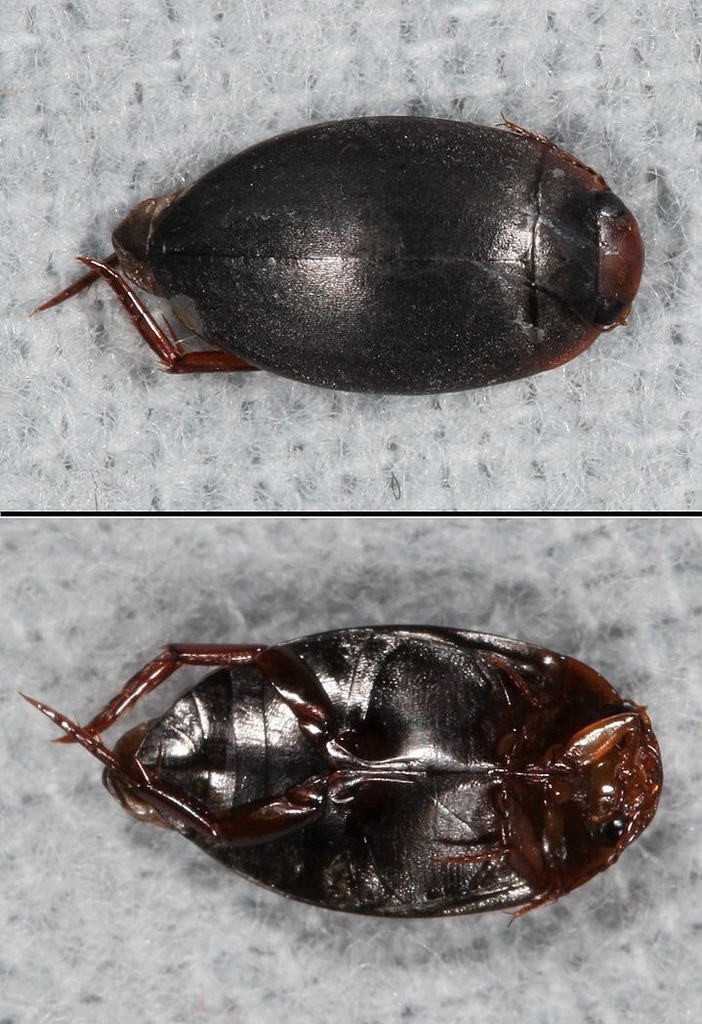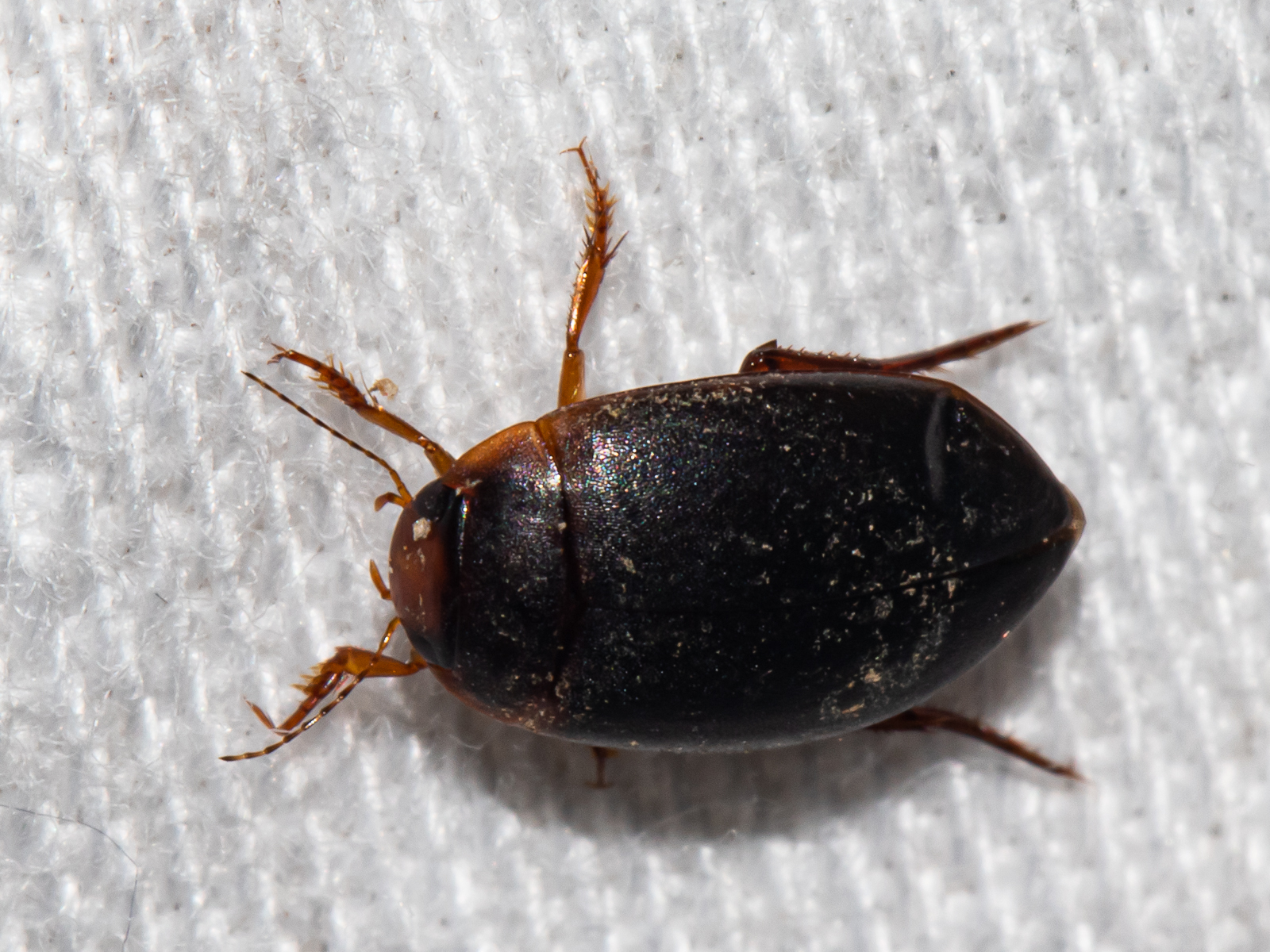Map Snapshot



3 Records
Seasonality Snapshot
Use of media featured on Maryland Biodiversity Project is only permitted with express permission of the photographer.
Agabetes acuductus in Harford Co., Maryland (7/7/2018). Determined by Brady Richards/BugGuide.
View Record Details
Media by
Dave Webb.
Agabetes acuductus in Anne Arundel Co., Maryland (6/25/2022). (c) Timothy Reichard, all rights reserved.
View Record Details
Media by
Timothy Reichard.
Source: Wikipedia
| Agabetes acuductus | |
|---|---|
| Scientific classification | |
| Domain: | Eukaryota |
| Kingdom: | Animalia |
| Phylum: | Arthropoda |
| Class: | Insecta |
| Order: | Coleoptera |
| Suborder: | Adephaga |
| Family: | Dytiscidae |
| Subfamily: | Laccophilinae |
| Genus: | Agabetes |
| Species: | A. acuductus
|
| Binomial name | |
| Agabetes acuductus (Harris 1828)
| |
| Synonyms | |
|
Colymbetes acuductus Harris, 1825 | |
Agabetes acuductus is a species of predaceous diving beetle found in the United States and Canada.[1][2][3] Its habitat includes wooded wetlands, in the leaf litter of shaded pools, and cattail ponds.[4]
References
[edit]- ^ "Agabetes acuductus Species Information". BugGuide.net. Retrieved 2018-01-18.
- ^ "Agabetes acuductus Report". Integrated Taxonomic Information System (ITIS). Retrieved 2018-01-18.
- ^ "Agabetes acuductus Species Overview". Encyclopedia of Life. Retrieved 2018-01-18.
- ^ D.J. Larson, Y. Alarie, and R.E. Roughley. (2001). Predaceous Diving Beetles (Coleoptera: Dytiscidae) of the Nearctic Region, with emphasis on the fauna of Canada and Alaska. NRC 43253.
Further reading
[edit]- Arnett, R.H. Jr., and M. C. Thomas. (eds.). (2000). American Beetles, Volume I: Archostemata, Myxophaga, Adephaga, Polyphaga: Staphyliniformia. CRC Press LLC, Boca Raton, FL.
- Nilsson, Anders N. (2001). World Catalogue of Insects, volume 3: Dytiscidae (Coleoptera), 395.
- Richard E. White. (1983). Peterson Field Guides: Beetles. Houghton Mifflin Company.
- Ross H. Arnett. (2000). American Insects: A Handbook of the Insects of America North of Mexico. CRC Press.
- Webster, Reginald P. (2008). "New predaceous diving beetle (Coleoptera: Dytiscidae) records for New Brunswick and Canada with new distribution information on some rarely collected species". Journal of the Acadian Entomological Society, vol. 4, 38–45.

